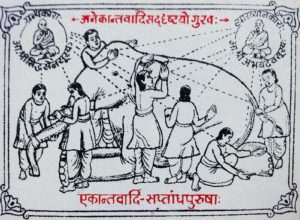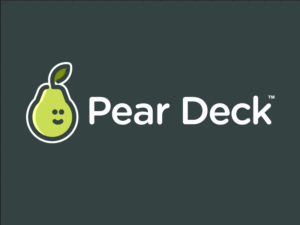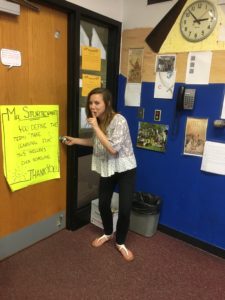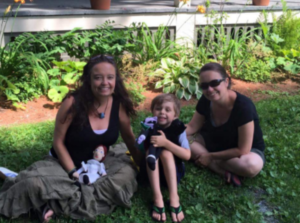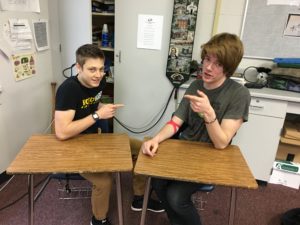If one were to make a list of essential educator skills for the 21st-Century, certainly…collaborating with students would be near the top. This episode features a collaboration expert. Ann Coates is a veteran high school teacher in Hanover, Massachusetts. Ann is all about giving timely and meaningful feedback to kids. She states that instant feedback is, where the actions is!
This attention-grabbing statement got me thinking. I get feedback from colleagues and administrators all the time. Some of it welcome, Jim, that was awesome! Some of it not, Jim, you need to improve your essential questions. In regard to constructive criticism, unless I act upon feedback promptly, I tend to forget it. So, give your kids timely feedback and then encourage them to act upon it.
Additionally, deliver feedback in a 21st Century fashion. When I was young, I rarely read red pen comments in the margins of my research papers. I checked my grade, which was all the information I cared about. I’ll wager that you have a bevy of students, like the young James Sturtevant, who don’t read the important comments that you labored to write in their margins. Yes…it’s frustrating, but it is what it is and perhaps you can adjust. Utilize some of Ann’s outstanding suggestions and watch kids begin to digest then act upon some of your constructive and helpful feedback. Observe your relationships with students evolve as your collaboration with them blossoms.
Utilize some of Ann’s outstanding suggestions and observe your relationships with students evolve as your collaboration with them blossoms. As our education system navigates to a more student-led learning template, student-teacher collaboration will no longer be a cool thing that a few teachers in the building have mastered. It will be an essential skill that ALL educators simply must embrace.
Episode Template
The Problem:
Teachers need to up their student collaboration game.
The Solution:
Dedicate a portion of class time to student feedback and then have kids act upon that information.
What You Can Do Tomorrow:
- Divide tomorrow’s lesson into tasks to be evaluated.
- Create opportunities to provide feedback on these tasks be it, peer-feedback, self-reflection, or directly from you.
- Include a dedicated time segment in the lesson for students to act upon feedback.
- Direct kids to resubmit and get additional advice.
Collaborating with kids is essential. Use Ann’s outstanding feedback strategies to build relationships and student learning.
Listen to “63-Collaborating with Students is an Essential 21st-Century Skill…let Ann Coates Help you do it” on Spreaker.http://






